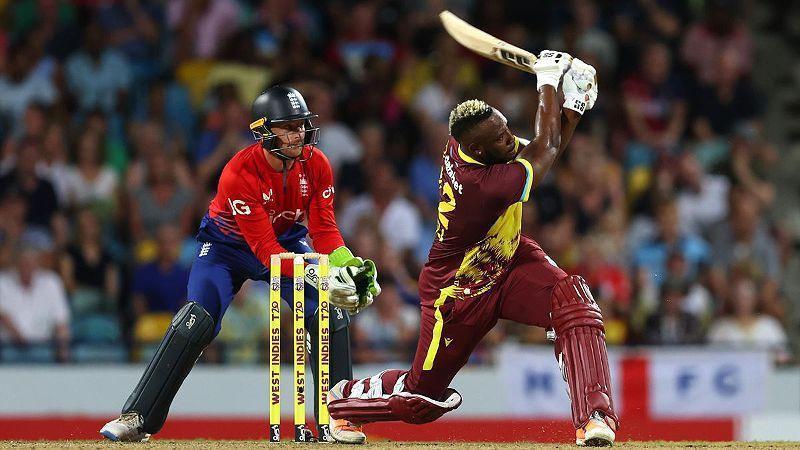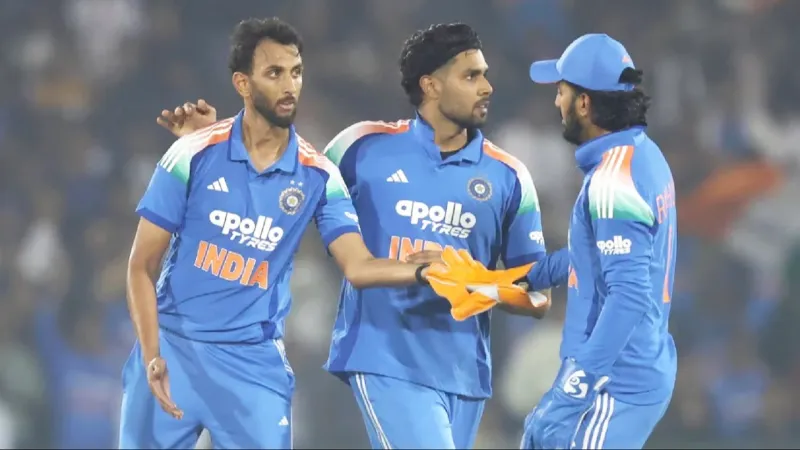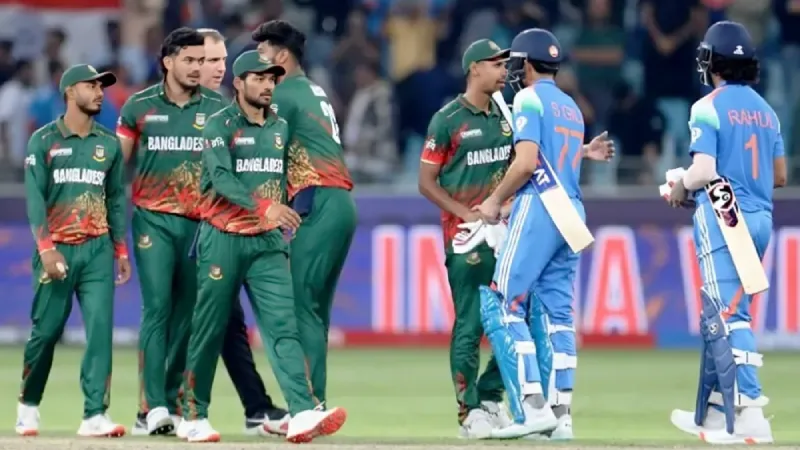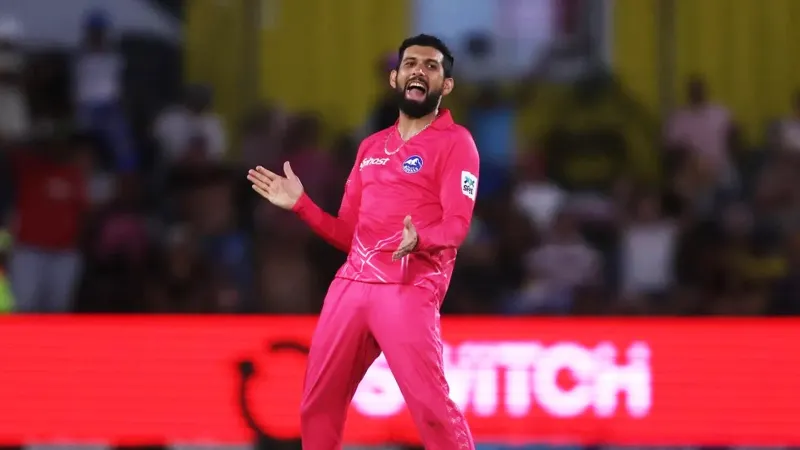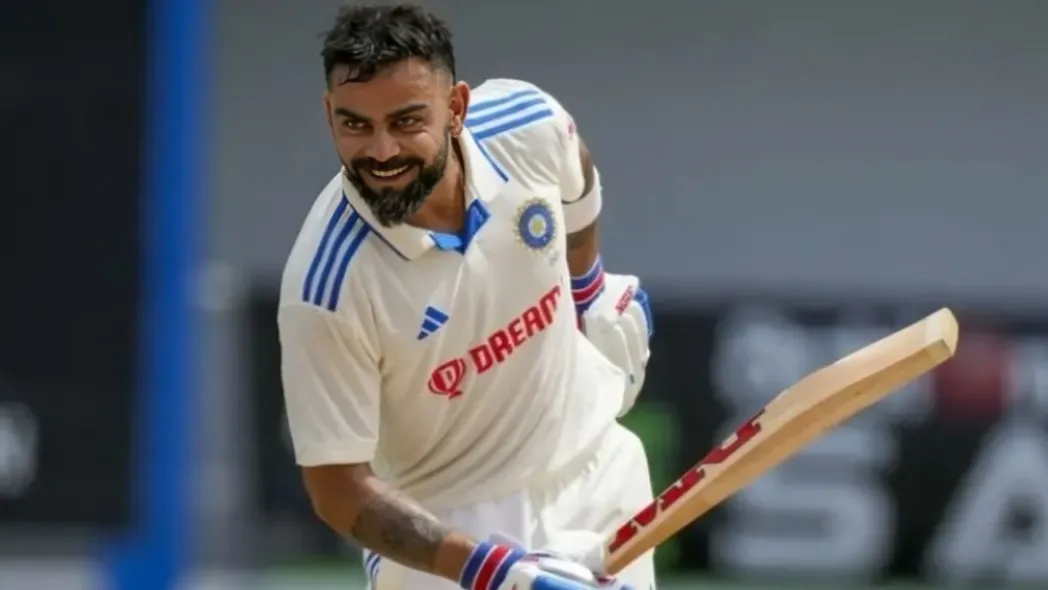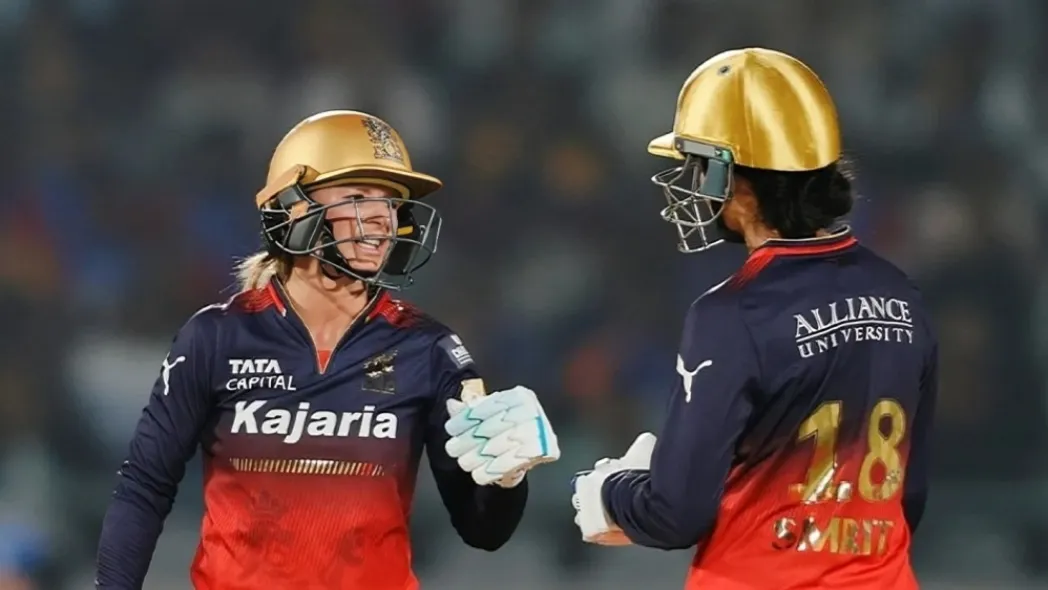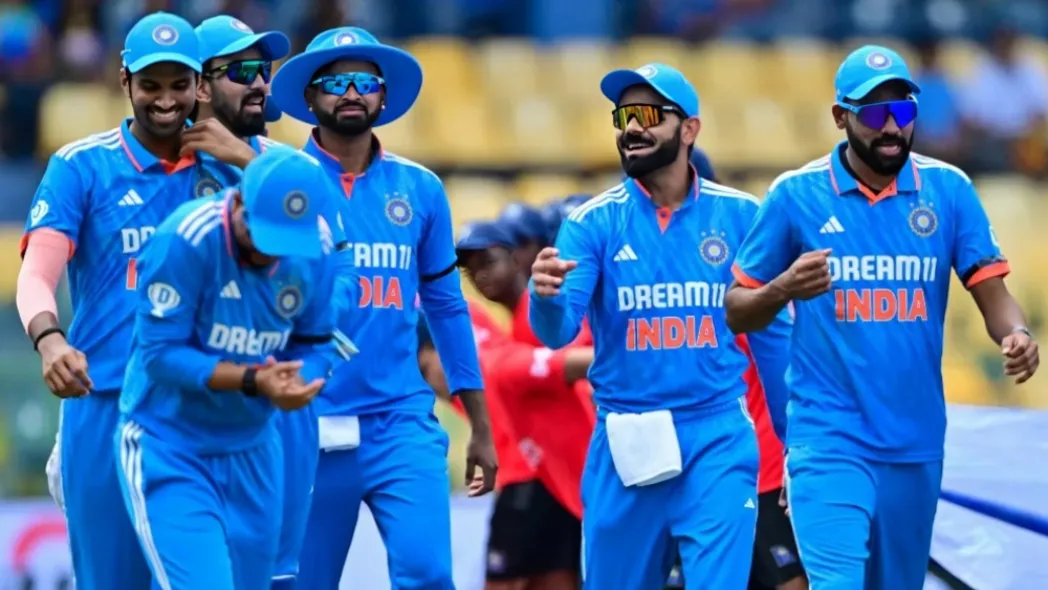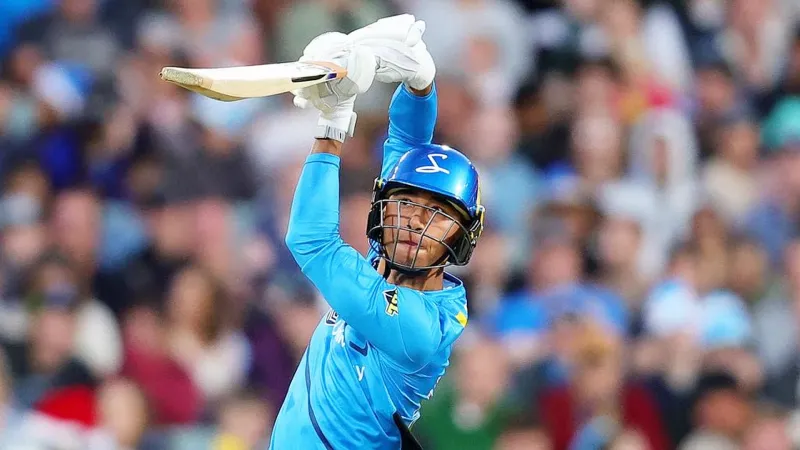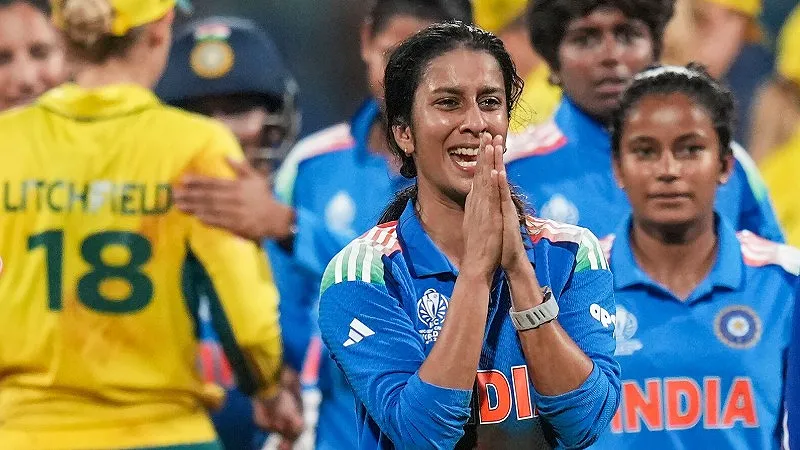Cricket, particularly in its shortest format, T20, is often a game of fine margins where a single over, a crucial partnership, or a tactical masterstroke can shift the momentum dramatically. In the Super Eight match between England and West Indies, two pivotal moments stood out, which ultimately swung the game in England’s favor. Analyzing these turning points reveals the intricate dynamics that often decide the fate of T20 matches.
One of the most significant turning points came in the 22nd over of the match. Although the exact details of this over are not fully clear, it is evident that this period played a crucial role in shifting the momentum towards England. Typically, the 22nd over in a T20 match is around the middle phase of the second innings. During this phase, teams often look to consolidate their position, rotate the strike, and set up a platform for the final assault.
In this match, the 22nd over likely saw a significant event, such as a wicket, a series of dot balls, or an exceptionally economical over, which put the brakes on the West Indies’ progress. The impact of a crucial over in the middle of an innings cannot be overstated, as it often dictates the tempo for the remaining overs. If England managed to stifle the West Indies’ run flow or pick up a key wicket during this over, it would have created pressure, forcing the batsmen to take risks in subsequent overs.
Another pivotal period was when Johnson Charles and Nicholas Pooran were at the crease together and struggled against the English spinners, Moeen Ali and Adil Rashid. This phase of play significantly dented the West Indies’ momentum and highlighted the effectiveness of England’s spin attack in the middle overs.
Moeen Ali and Adil Rashid have been crucial components of England’s T20 setup. Their ability to control the game during the middle overs, taking crucial wickets and maintaining a tight economy rate, has often been the backbone of England’s bowling strategy. In this match, their spell against Charles and Pooran was a classic example of how spinners can dominate and stifle the opposition.
Charles and Pooran, both known for their aggressive stroke play, found it challenging to rotate the strike and build momentum against the spinners. This inability to score freely and the pressure of dot balls led to frustration, which often resulted in risky shots and potential wickets. The quiet period against the spinners was not just about the runs not scored but also about the psychological impact it had on the batsmen, disrupting their rhythm and game plan.
The decision to persist with the spinners during this phase was a tactical masterstroke by the England captain. Recognizing that Charles and Pooran were struggling, the captain ensured that Moeen Ali and Adil Rashid bowled in tandem, creating a stranglehold on the scoring rate. This strategic move paid off, as it not only contained the West Indies’ batsmen but also built pressure that could be capitalized on by the bowlers in the following overs.
For more, visit JeetBuzz News to read our quality Cricket Blog updates. Explore if you want to reminisce and enjoy all of your favourite cricket players and nostalgic match moments. To ensure that you never miss out, keep updated and join in the fun!

